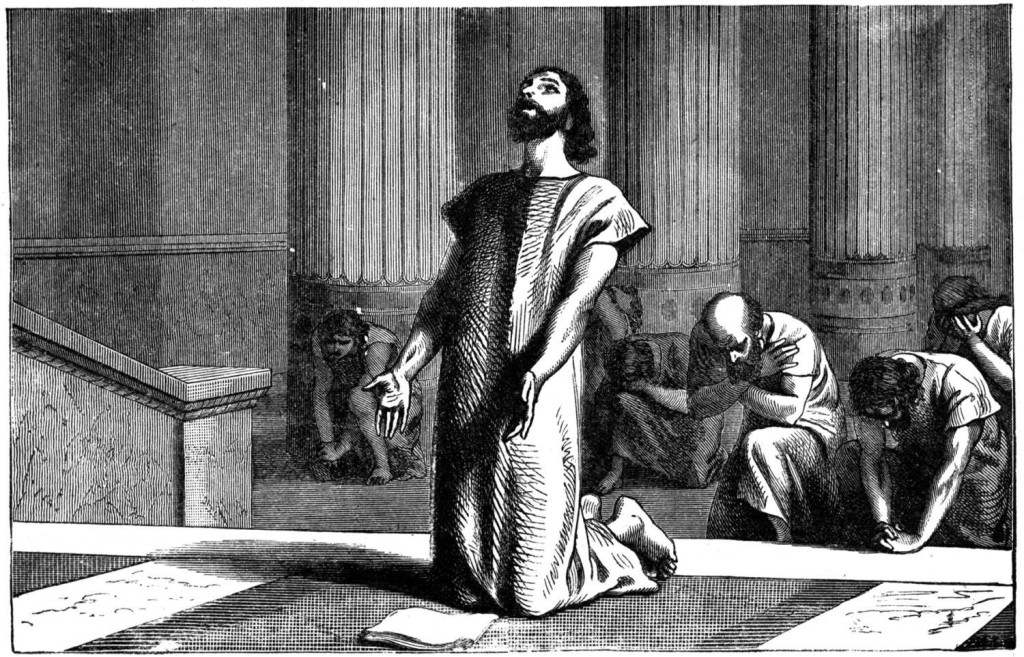Luke 16:19–31, The Parable of Lazarus and the Rich Man. This, and the other parables of Yeshua, are known as aggadah (also haggadah)—a very popular literary style during the second temple period whereby Jewish sages taught moralistic principles to their pupils. It was similar to our modern Aesop’s fables. This genre of literature included ethical and moral teaching, theological speculation, legends, folklore, poetry, prayers, historical information, interpreting of dreams, and expressions of messianic faith and longings. Aggadic literature, though instructive, did not contain legally binding theological and doctrinal dictums. Aggadic literature is to be contrasted with the legally binding halachic literature of the same period. Aggadic literature made use of parable, satire, metaphor, personification, and poetry. Aggadah was not systematic philosophy, but dealt in its own way with basic theological and moral problems.
The purpose of aggadic literature was not to convey point-by-point doctrinal truths, but to teach a moral. Most Christian teachers have used the Parable of Lazarus and the Rich Man as a theological basis for the doctrine of the immortality of the soul (an exegetical leap that cannot be substantiated when one understands the nature of aggadic literature) and have missed the true meaning of Yeshua’s teaching. He is not making a theologically statement or halachic declaration on the state of the dead. What then is the point of his teaching?
Context is vital to understanding this parable properly, and all of the Scriptures, for that Continue reading






